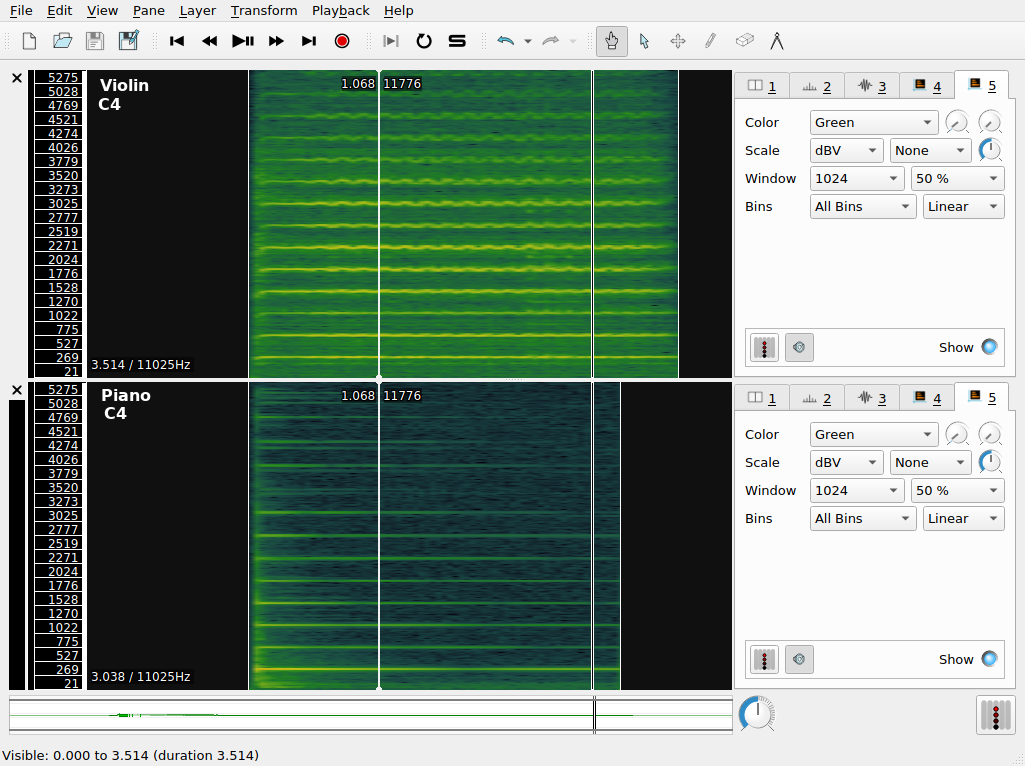

These are the files thatĪre opened with Excel starts and typically includes your personal.xls file.Ĭ:\program files\microsoft office\office\ xlstartĬ:\Documents and Settings\Administrator\Application Data\Microsoft\Excel contains.
Drake nothing was the same download zip file google drive software#
(update: My laptop did not come with disk partitioning software so all my files are Is on drive H:, my data files are on D: or specific directories on H. DOT to see if thereĪre other files and if the entire directory should be saved. You shouldĬheck the libaries that you find such things as. Some files that you might want to make sure that you backup. Like anything else your own files should be separated from system, andĪpplication software files since this is in an Excel area will include What files should be backed up in Excel (#xlfiles) (folderexists, createfolder, savecopyas)įor a more complete solution you can pick up a copy of AutoSave add-in at ExampleĬreates files based on filenames in a selection of cells. You can use Environ("Temp") to get the path to your PC’s environmentalĭavid McRitchie ( in misc) a variation that includes check for andĬreation of any required directory based on the filename being created. Robert Bruce ( in programming) mentioned that Harold Staff ( in misc) mentioned that SaveCopyAs added to importantĮxcel workbooks prevents someone from saving with Word and messing upīecause the command will not function in Word therefore the previous SaveAsCopy version is safe. Modifying the filename with “BK_” prefix in the SaveCopyAs avoids accidentally opening andĬonfusing it in the last used list with the good production file. ThisWorkbook.SaveCopyAs "c:\backups\" & Fname If UCASE(ThisWorkbook.FullName) UCASE("c:\backups\" & Fname) Then _ Private Sub Workbook_BeforeSave(ByVal SaveAsUI As Boolean, _Īpplication.DisplayAlerts = False 'based on Harald Staff Note the c:\backups directory must exist. Modified to allow for several differently named workbooks. To save a backup each time you are finished but not if you if you decide To make this automatic use the Before_Save event as opposed to Before_Close

'Don Guillett, misc, modified filename for date.ĭname = "c:\mybackup\B" & Format(Now(), "yyyy_mmdd")ĪctiveWorkbook.SaveCopyAs dname & "\BK_" & ActiveWorkbook.NameĪctiveWorkbook.Save 'also save current file This version creates a directory, if missing, for the date: To copy to the same directory with a different filename:ĪctiveWorkbook.SaveCopyAs ActiveWorkbook.Path & "\" & Filename (remember temporary)ĪctiveWorkbook.SaveCopyAs "C:\msoffice\personal\BACKUP\ " & Fname Here is a method to make a quick temporaryīackup of a workbook, especially if you create a button for the macro. If UNDO won’t work because you were in a macro, you might be able to exit immediately without saving, but you lose all of your changes. It before you save your file, or before it gets automatically saved like via Immediate solutions - Backup on Demand - Excel oriented (#demand)ĭon’t forget to check if UNDO will work for you, but you have to use Such as 7655D900 or 2CB4D900 with a file type of “File” instead of With the Excel backup you can useīehind from Excel without a file extension Will appear in the same folder as the original. xlk (with a displayed filetype of “Microsoft Excel Backup File”), and

Excel backups have the original name and the Now, as to the backups: they are always one save behind the originalĭocument. That the new one saves a backup each time you save the file. Save As (F12 key), then on the Save As Dialog menus: Tools -> General Options,Ĭheck “Always create backup copy”.Setting up for automatic backup of a file. The only difference between a good hard drive and a bad hard drive, is thatĪutomatic Backup (.XLK) when File is Saved (#auto) You can put them off but you can’t eliminate them. Backup your files, always take backups Backup your files, always take backups Location: Home page: Three things are certain: Death, taxes, and lost data.


 0 kommentar(er)
0 kommentar(er)
